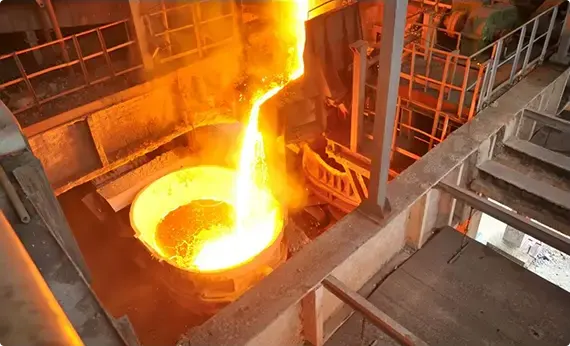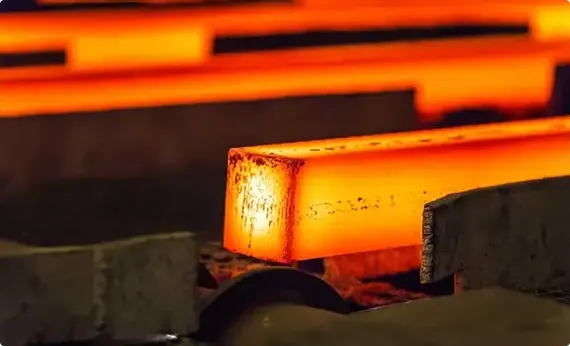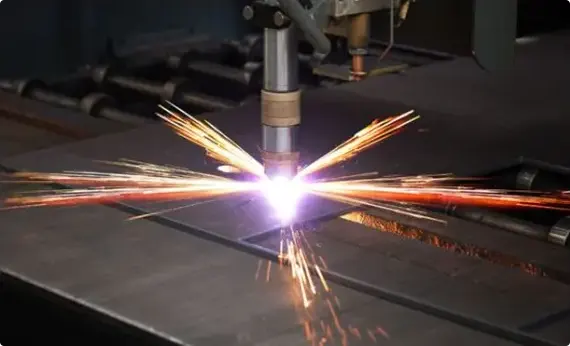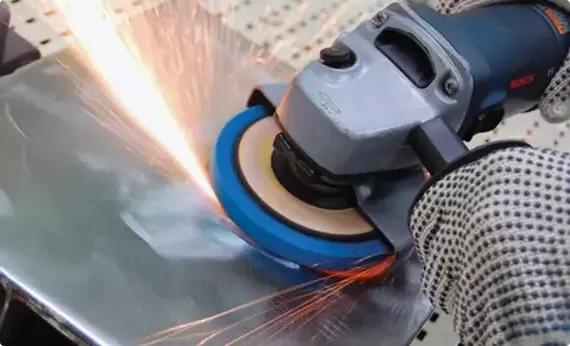
Detailed summary of SUS 316L characteristics
1. Chemical composition and characteristics Low carbon content: SUS 316L has a carbon content of less than 0.03%, which makes its resistance to intergranular co
1. Chemical composition and characteristics
Low carbon content: SUS 316L has a carbon content of less than 0.03%, which makes its resistance to intergranular corrosion better than other stainless steels, such as 316 steel.
Added molybdenum (Mo): 2%~3% molybdenum is added to Cr18Ni8, which gives SUS 316L good resistance to reducing media and pitting corrosion.
Excellent corrosion resistance: SUS 316L has better corrosion resistance than 304 stainless steel, especially in the production process of pulping and papermaking, as well as in seawater and various acid, alkali and salt environments.
High temperature strength and heat resistance: SUS 316L has good oxidation resistance in intermittent use below 1600 degrees and continuous use below 1700 degrees. At the same time, it also has good heat resistance when used continuously outside the temperature range of 800-1575 degrees.
Carbide precipitation resistance: SUS 316L has better carbide precipitation resistance than 316 stainless steel, which further improves its service life in high temperature and harsh environment.
2. Physical and mechanical properties
Austenitic structure: SUS 316L is an austenitic stainless steel and cannot be strengthened by heat treatment, but has good strength, plasticity, toughness and cold forming properties.
Work hardening: SUS 316L has excellent work hardening performance and is non-magnetic, which makes it widely used in occasions requiring high hardness and non-magneticity.
Welding performance: SUS 316L has good welding process performance and does not require annealing after welding, which simplifies the processing process and reduces costs.
3. Application fields
Chemical, chemical fiber, and fertilizer industries: SUS 316L is widely used as an important corrosion-resistant material in these industries due to its excellent corrosion resistance.
Marine engineering: SUS 316L can resist the erosion of the ocean and corrosive industrial atmosphere, so it is also widely used in the field of marine engineering.
Heat exchangers and pipes: Due to its good high temperature resistance and corrosion resistance, SUS 316L is often used to manufacture equipment such as heat exchangers and pipes.
Food industry and photography industry: In these fields, SUS 316L is also favored for its non-toxic and corrosion-resistant properties.
IV. Specifications and processing
Diverse product specifications: The product specifications of SUS 316L stainless steel include precision bars (0.2-50mm), cold-rolled strips (0.2-4×≤40mm) and cold-drawn wires (φ0.02-10mm), etc., to meet the needs of different fields.
Good hot and cold processing performance: SUS 316L has good hot and cold processing performance, and can be cold rolled, cold drawn, deep drawn, curled and folded. Cold processing and cold forming operations. At the same time, it has good thermoplasticity and low overheat sensitivity, and the suitable hot processing temperature is 900~1000℃.
stainless steel processing
The manufacture of stainless steel involves a series of processes. First, the steel is melted, and then it is cast into solid form. After various forming steps, the steel is heat treated and then cleaned and polished to give it the desired finish. Next, it is packaged and sent to manufacturers, who weld and join the steel to produce the desired shapes.

Melting and Casting
The raw materials that constitute a stainless steel item are placed together and melted in a giant electric furnace. Intense heat is applied rigorously for a period of 8 to 12 hours during this step. Once the melting is complete, the molten steel is cast into desired semi-finished forms. Some of the most common forms or shapes include slabs, blooms (rectangular shapes), billets (these could either be round or square), rods, and tube rounds.

Forming
In the second stage, the semi-finished steel shapes undergo a series of forming operations. For instance, the stainless steel is hot rolled (heated and passed through enormous rolls). The blooms and billets mentioned above are converted to bar and wire. The slabs on the other hand are formed into plates, strips or sheets. It is very common to turn semi-finished steel shapes into bars, as it is the most versatile stainless steel form (it comes in all grades and sizes). You have round, square, octagonal, and hexagonal bars, each suitable for a different type of application.

Heat Treatment
The various stainless steel forms undergo a thorough annealing process during this step. Annealing is another name for heat treatment where the stainless steel is heated and cooled in a controlled environment. The purpose of this heat treatment is to relieve the pent-up stress inside the stainless steel and soften the material to make it more suitable for a wide variety of applications. The people in charge of carrying out the annealing process have to be very careful about the conditions as even the slightest of changes in the temperature, pressure, duration, or cooling rate could result in a faulty product.

Descaling
During the annealing process, a certain amount of scale appears on the surface of the stainless steel. This scale can be removed using a number of different processes that are collectively known as descaling. Pickling is one of the more common methods of carrying out the descaling process.

Cutting
The semi-finished, heat-treated, and descaled stainless steel forms are cut into specific shapes in this step. Mechanical cutting is performed with the aid of guillotine knives, blanking, nibbling, and high-speed blades.

Finishing
Finishing is applied to help the stainless steel product achieve its signature aesthetically appealing appearance. Finishes are also needed to make the stainless steel product smooth and easier to clean, which is a top requirement in sanitary applications.
